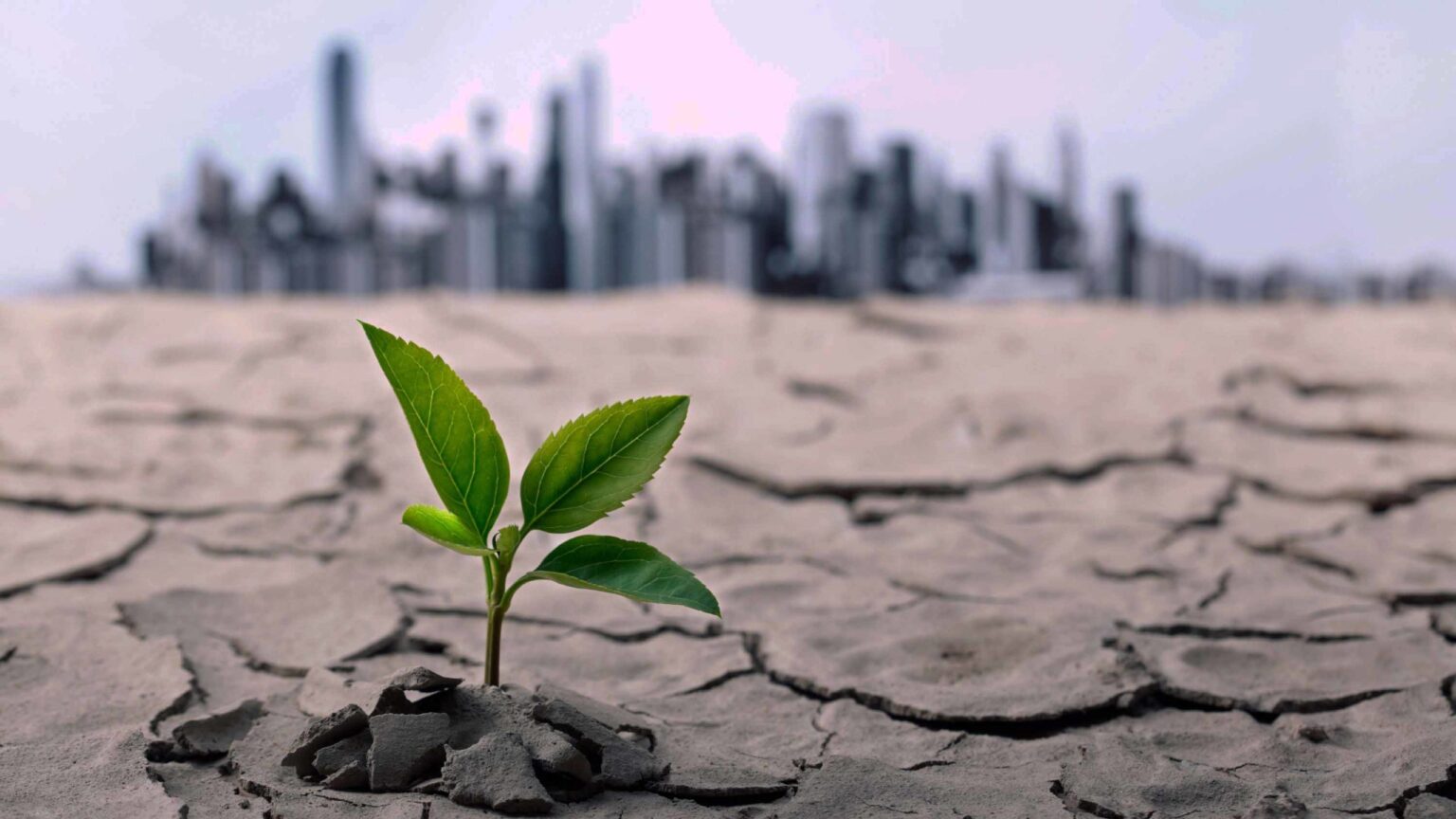In Short : A recent study has found that human-driven climate change has made deadly heatwaves in South America 100 times more likely. This alarming statistic emphasizes the significant impact of human activities, such as burning fossil fuels and deforestation, on extreme weather events. The study underscores the urgent need for global climate action to mitigate the effects of climate change and protect vulnerable regions from the escalating risks associated with rising temperatures. Addressing the root causes of climate change remains crucial in preventing further devastating heatwaves and ensuring the safety and well-being of communities worldwide.
In Detail : If global warming reaches 2°C, similar heatwaves are predicted to happen every five or six years, a new study warns.
Human-induced climate change made the recent winter heatwave in South America 100 times more likely, according to a study published on Tuesday.
Global warming was the main driver of the extreme weather that scorched much of the continent for most of August and September. Temperatures rose by as much as 4.3 degrees Celsius.
Across large parts of Brazil, Paraguay, Bolivia and Argentina, temperatures soared above 40°C in late winter and lingering into the Southern Hemisphere’s spring.
At least four heat-related deaths were reported in Sao Paulo, South America’s largest city, but the true death toll is likely to take months to determine by analysing death certificates, the study by the scientific group World Weather Attribution said.
Heat can be more deadly in spring
“Heat kills, particularly in spring, before people are acclimatised to it. Temperatures above 40°C in early spring are incredibly extreme,” said Julie Arrighi, a co-author of the study and director at the nonprofit Red Cross Red Crescent Climate Centre.
A dozen researchers from universities and meteorological agencies around the world produced the study.
This year is on track to be the world’s hottest ever recorded, the European Union’s Copernicus Climate Change Service said last week.
Summer heatwaves recorded in the Northern Hemisphere – including the United States, Europe and China – will be major contributors to that record.
But it’s more striking that South America hit such extreme temperatures in the winter, said Gareth Redmond-King, a climate expert at the Energy and Climate Intelligence Unit in London. Redmond-King was not involved in the study.
What’s behind South America’s extreme weather?
The onset of the climate phenomenon El Nino this year also helped push temperatures higher, but was a minor factor compared to climate change, the study said.
The study warned that if global warming reaches 2°C hotter than the pre-industrial average, similar heatwaves in the region are predicted to happen every five or six years.
The United Nations warned last month that the countries were not doing enough to tackle climate change and current national climate targets have the world on track to warm by 2.5°C.
In the Brazilian Amazon, the heatwave has been accompanied by severe drought that has killed fish, made water undrinkable and prompted Indigenous inhabitants to ask the government to declare a climate emergency.

